Few rivalries in football can compare to Real Madrid and Barcelona’s matches in terms of ferocity, history, and intensity. Known as “El Clásico,” this legendary encounter is more than simply a football game; it’s a cultural occasion that draws millions of fans from all over the world. To understand why this rivalry is so special, we need to explore its history, its cultural significance, and its impact on football.
A History Rooted in Competition
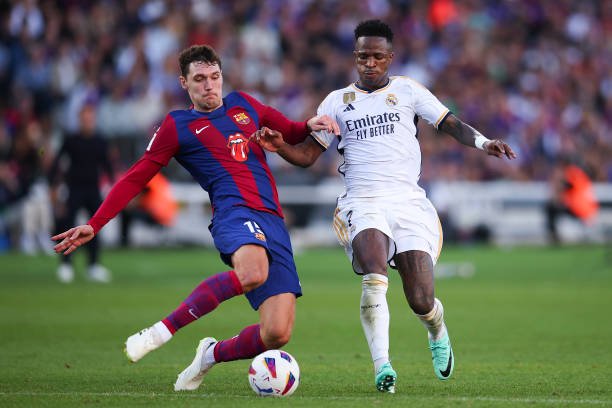
Real Madrid and Barcelona have been at odds since the turn of the century. The first official match between the two clubs was played in 1902, and since then, the two teams have faced each other over 280 times. Over the years, both clubs have established themselves as giants of European football, boasting a combined total of over 50 La Liga titles and numerous Champions League trophies.
While both clubs have had their periods of dominance, the rivalry often feels like a battle for supremacy in Spanish football. Matches between the two are highly competitive, with fans and players alike eager to come out on top. The intensity of these games has led to unforgettable moments, from stunning goals to controversial decisions, making El Clásico one of the most anticipated fixtures in football.
Cultural and Political Undertones
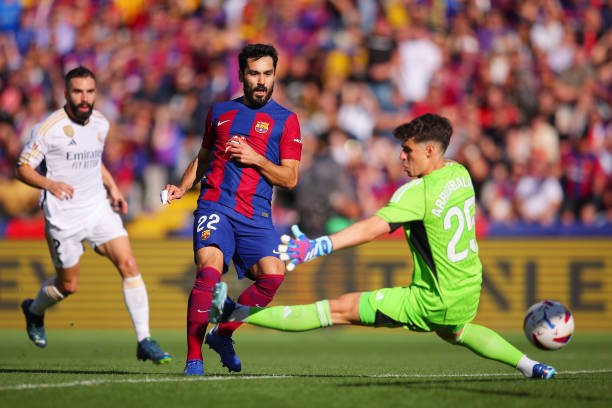
What makes El Clásico stand out is the cultural and political context that surrounds it. Real Madrid is often seen as a symbol of Spanish centralism, historically associated with the capital city and, at times, the ruling government. Barcelona, on the other hand, represents Catalan identity and pride, particularly in the context of Catalonia’s struggles for autonomy and independence.
This dynamic has added an extra layer of meaning to their clashes. For many fans, supporting their team is not just about football; it’s about standing up for their values and their community. The Camp Nou and the Santiago Bernabéu are more than stadiums—they are stages where these cultural and political tensions play out.
Legendary Players and Memorable Matches
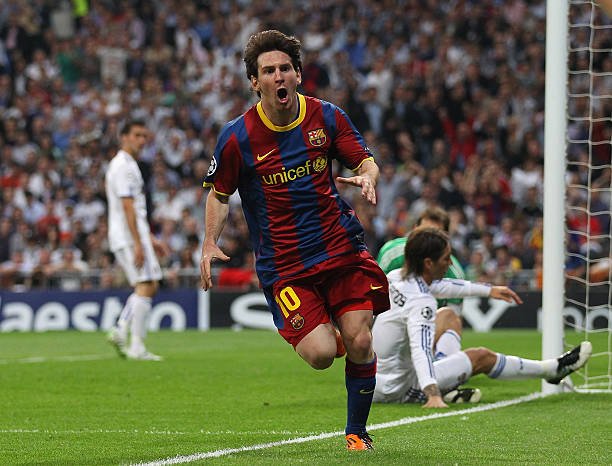
Some of the best football players in history have played in El Clásico. From Alfredo Di Stéfano and Ferenc Puskás to Lionel Messi and Cristiano Ronaldo, the rivalry has been graced by legends who have left their mark on the game. These players have often risen to the occasion, delivering performances that are etched in the memories of fans.
One of the most iconic moments in El Clásico history came in 2010, when Barcelona thrashed Real Madrid 5-0 at the Camp Nou under Pep Guardiola’s management. Another unforgettable match was the 2014 Copa del Rey final, where Gareth Bale scored a sensational solo goal to secure victory for Real Madrid. Such moments are a testament to the quality and drama that El Clásico consistently delivers.
The Global Appeal
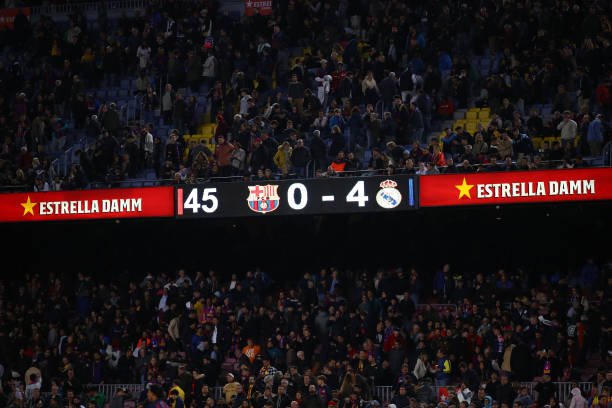
El Clásico is not just a Spanish affair—it is a global phenomenon. Fans from all over the world tune in to watch these matches, making it one of the most-watched sporting events. The fixture attracts attention not only for its quality of football but also for its star-studded lineups and the narratives that surround it.
Both Real Madrid and Barcelona have massive global followings, with millions of fans supporting their teams passionately. The rivalry has also fueled debates among fans, with endless discussions about which club is superior. Social media platforms light up whenever the two sides meet, adding to the excitement and anticipation.
Beyond the Pitch
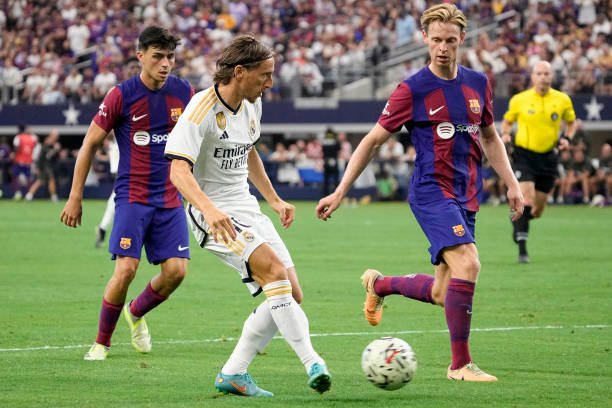
The competition goes beyond the ninety minutes spent on the field. It influences transfer markets, managerial appointments, and even the development of young players. When one team signs a superstar, the other often responds with a high-profile signing of their own. These moves not only strengthen their squads but also add another layer of intrigue to the rivalry.
Off the pitch, both clubs have become symbols of success and ambition. Real Madrid’s “Galácticos” era and Barcelona’s “tiki-taka” philosophy under Guardiola have set benchmarks for football excellence. Their contrasting styles of play and approaches to building teams have further fueled the rivalry.
The Future of El Clásico
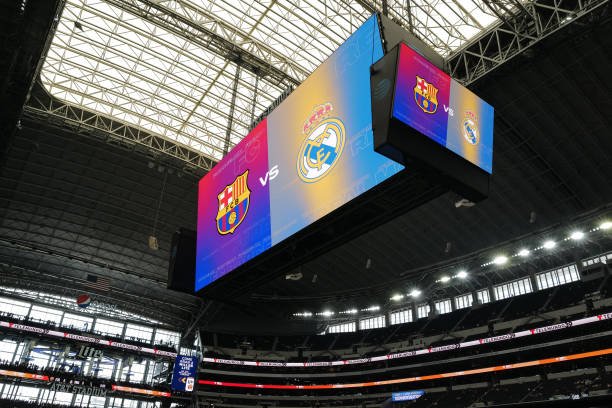
As football continues to evolve, so does El Clásico. The departure of icons like Messi and Ronaldo marked the end of an era, but new stars are stepping up to carry the rivalry forward. Young talents like Vinícius Júnior and Pedri are already making their mark, ensuring that the future of El Clásico remains bright.
Moreover, the rivalry is likely to continue shaping the landscape of football. With both clubs undergoing changes—from financial challenges to managerial shifts—the dynamics of their clashes will keep evolving. One thing, however, remains certain: the passion and intensity of El Clásico will never fade.
Conclusion
Real Madrid vs. Barcelona is a battle of cultures, ideologies, and identities that goes beyond a simple football rivalry. It is a spectacle that showcases the beauty of football while reminding us of its power to unite and divide. Whether you are a die-hard fan or a casual observer, El Clásico offers something for everyone. As the two teams prepare to face each other once again, the world will be watching, ready to witness the next chapter in this extraordinary rivalry.






